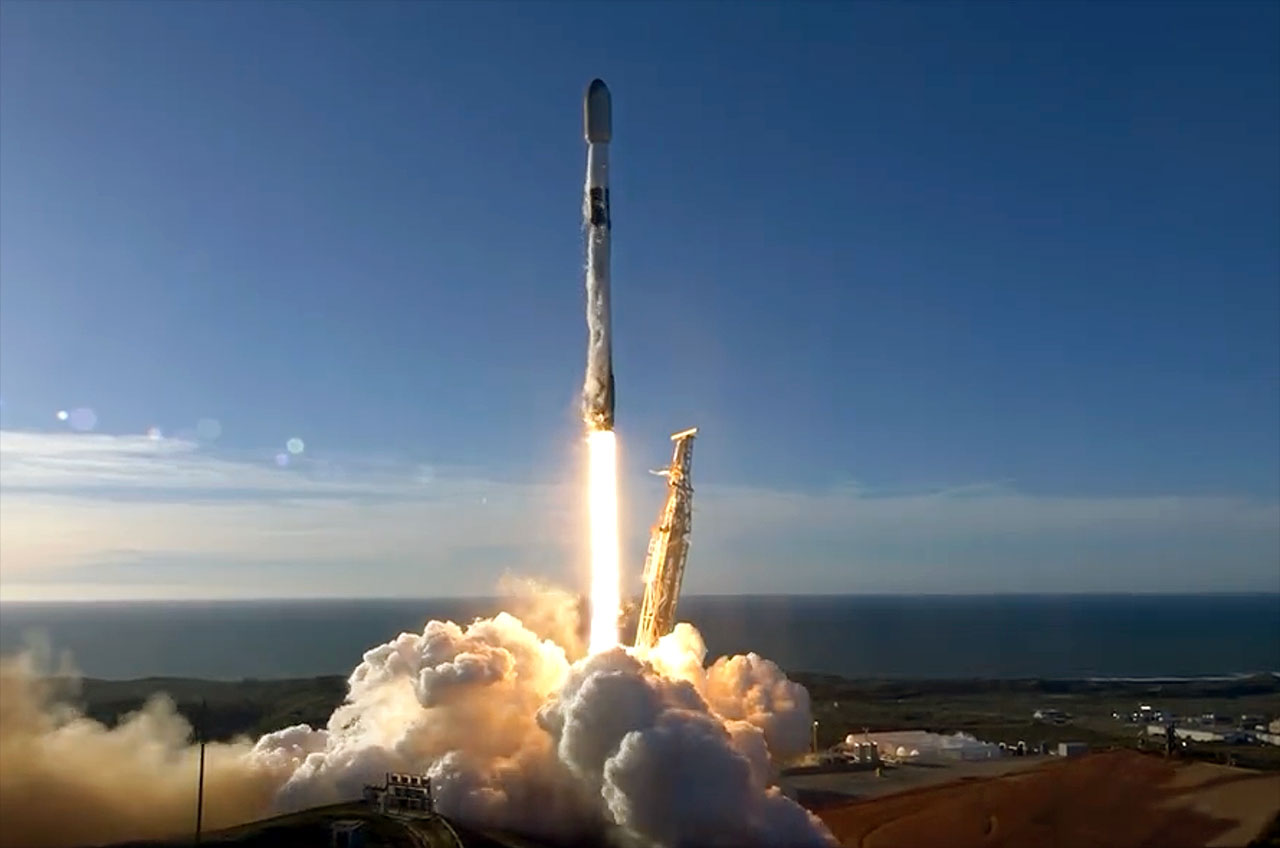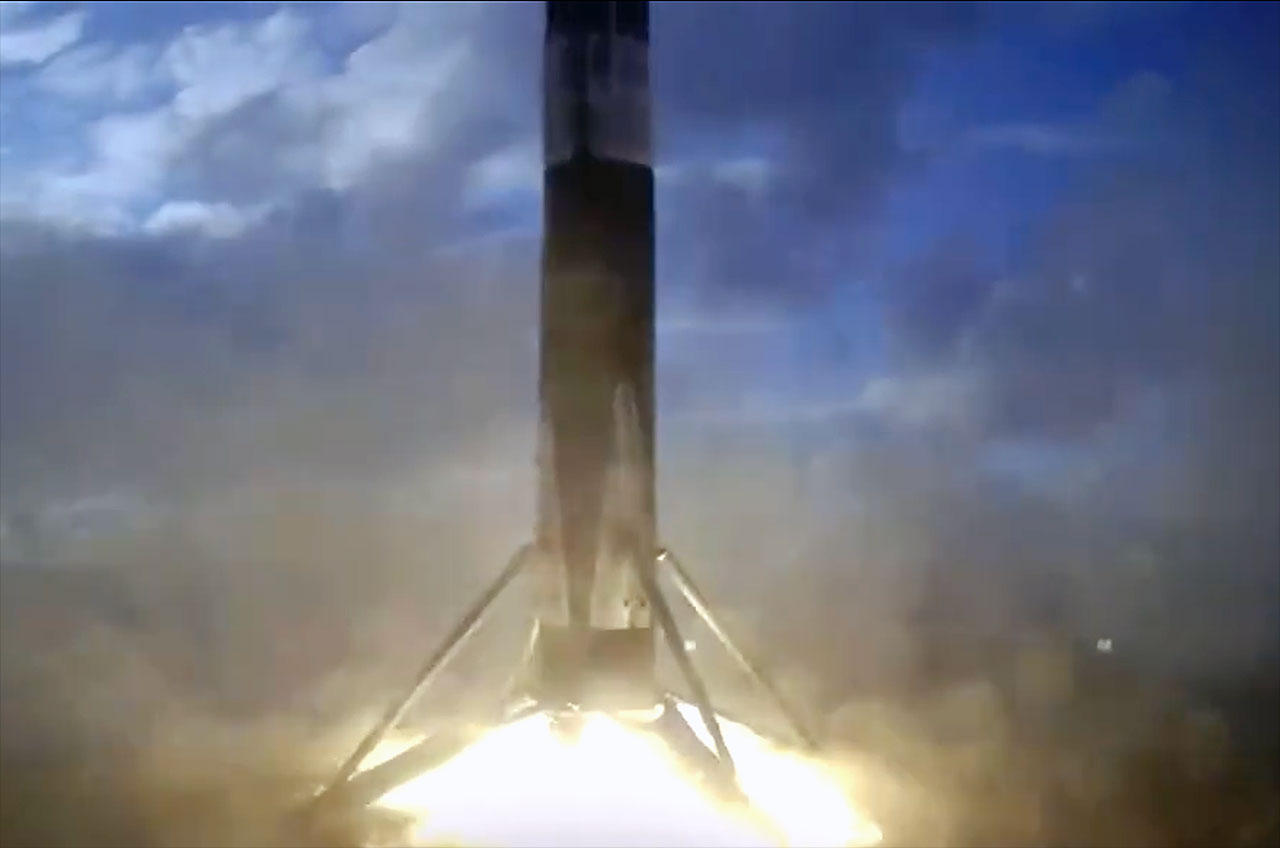SpaceX launched another batch of its Starlink internet satellites on Friday (Feb. 9).
A Falcon 9 rocket carrying 22 Starlink spacecraft lifted off from Vandenberg Space Force Base in California on Friday at 7:34 p.m. EST (4:34 p.m. local California time or 0034 GMT on Feb. 10).
The launch came on SpaceX's third attempt. The company had originally scheduled the flight for early Wednesday morning and Thursday evening (EST) but delayed both opportunities to unfavorable weather.
Related: Starlink satellite train: How to see and track it in the night sky

As planned, the Falcon 9's first stage came back to Earth about 8.5 minutes after lifting off for a landing on the droneship Of Course I Still Love You, which was stationed in the Pacific Ocean.
It was the 14th launch and landing for this particular booster, according to a SpaceX mission description. Seven of its 13 previous flights were Starlink missions.

Starlink is SpaceX's broadband megaconstellation in low Earth orbit, which currently consists of nearly 5,400 operational spacecraft. That number is growing all the time, as Wednesday evening's planned liftoff shows.
This Starlink launch was the 11th orbital mission of the year for SpaceX. And there will be many more to come; the company aims to launch 144 missions in 2024.
Get the Space.com Newsletter
Breaking space news, the latest updates on rocket launches, skywatching events and more!
Join our Space Forums to keep talking space on the latest missions, night sky and more! And if you have a news tip, correction or comment, let us know at: community@space.com.

Michael Wall is a Senior Space Writer with Space.com and joined the team in 2010. He primarily covers exoplanets, spaceflight and military space, but has been known to dabble in the space art beat. His book about the search for alien life, "Out There," was published on Nov. 13, 2018. Before becoming a science writer, Michael worked as a herpetologist and wildlife biologist. He has a Ph.D. in evolutionary biology from the University of Sydney, Australia, a bachelor's degree from the University of Arizona, and a graduate certificate in science writing from the University of California, Santa Cruz. To find out what his latest project is, you can follow Michael on Twitter.









